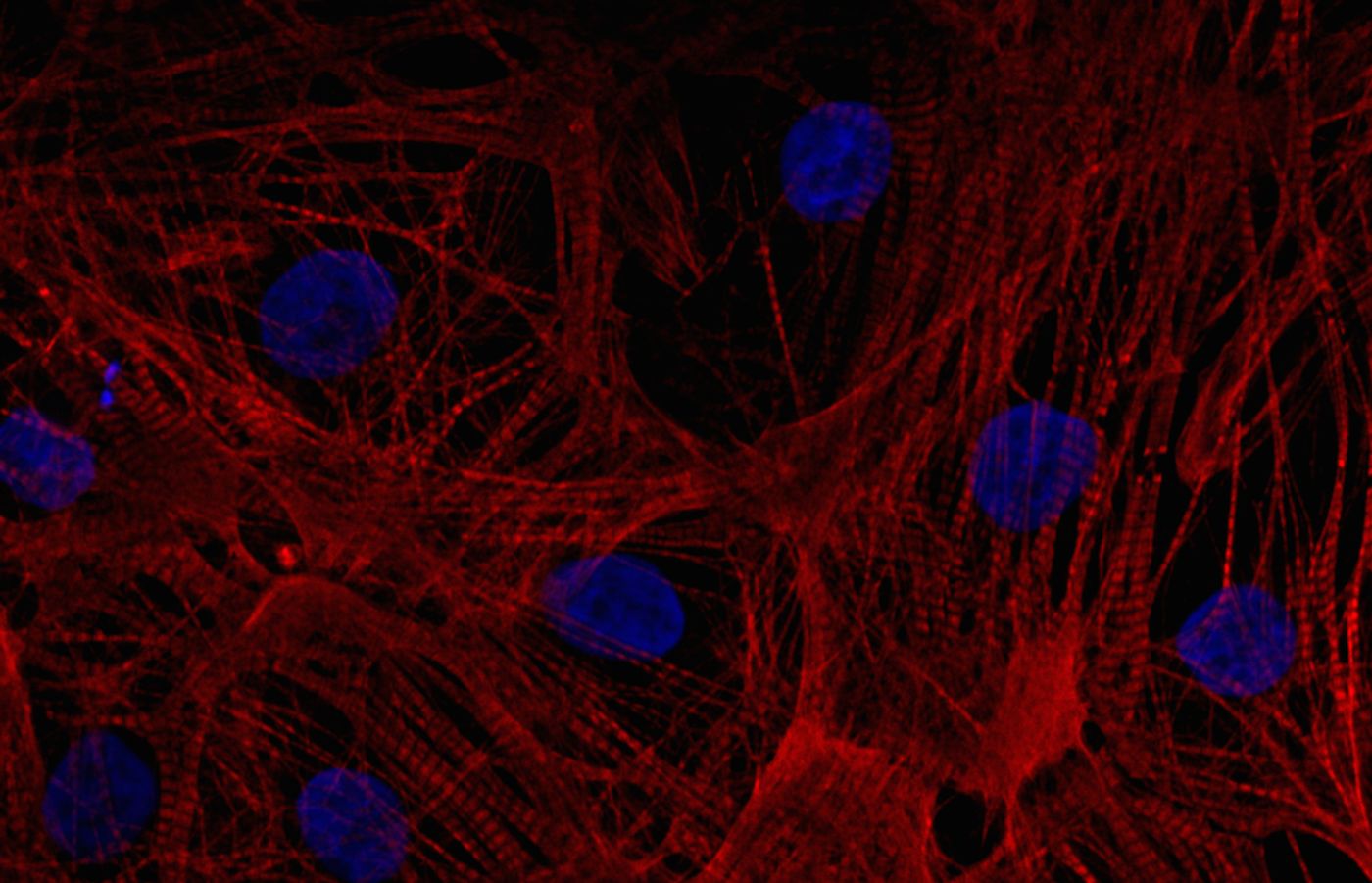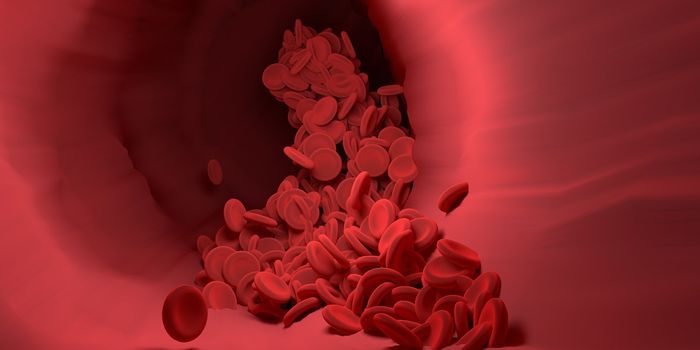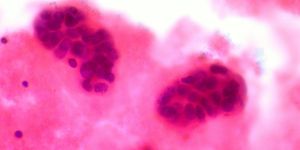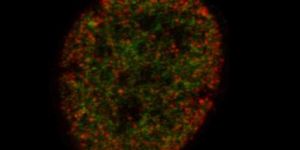Rescuing Heart Cells Following A Heart Attack
Scientists identified a protein that enables cardiac cells to stand up to heart disease by helping them recuperate following a heart attack. The protein is ATF6, and it is not unique to the heart; in fact, this protein is also involved in responding to cancer via cellular stress in all types of cells in the body.
It is the nature of heart cells to be able to heal after a heart attack, and ATF6 simply promotes this natural ability. After a heart attack, stress brought on by exceedingly high levels of free radicals, also referred to as “oxidants,” causes damage to the heart’s cells. Free radicals are not unique to heart disease; they are a natural byproduct of sugar metabolism, and people also experience them through daily exposure to the environment via cigarette smoke and ultraviolet light exposure.
Free radical stress following a heart attack prompts the misfolding of proteins in a cell organelle called the endoplasmic reticulum (ER). However, in a previous study from San Diego State University, researchers saw ATF6 activity increase in mice suffering heart attacks. Now, in their present study published in the journal Circulation Research, they look a little closer at what ATF6 is doing to relieve stress and respond to misfolded proteins in the ER.
The new study zeroes in on a strain of mice without the protein-coding genes for ATF6, where heart disease causes more damage than it does in mice with fully-functioning ATF6 protein-coding genes.
Apparently, ATF6 protein triggers a domino-effect of stress-response genes, all of which scientists had never before realized interacted with ATF6. Some of the stress-response genes produced catalase enzymes, which neutralize free radicals, relieve cellular stress, and prevent protein misfolding. Realizing the relationship between ATF6 and catalase production highlights a novel treatment option to test: artificially introduce catalase.
In mice without the ATF6 gene, this approach protected them from heart attack-related damage as well as the actual ATF6 gene did in healthy mice. As mice get older, they start to produce less ATF6 protein, and subsequently they become more vulnerable to post-heart attack cell damage. However, a gene therapy drug designed to boost ATF6 protein production could help.
"It seems to be an adaptive response of the heart that is lost with age," said molecular cardiologist Christopher Glembotski. "We think that, like the mice, human heart cells usually make some ATF6, but if they could make more, like in the young heart, the heart would be more resistant to heart disease."
Researchers like Glembotski believe that the same cellular observations made in their mouse studies are likely to be nearly identical in humans, which could quickly lead to new treatment options for people recovering from a heart attack and prevention options for people at an increased risk of heart disease.
"As we age, the adaptive stress response in the heart decreases," Glembotski said. "If we can deliver new versions of these genes to the heart, we could bring back some of that protection that you naturally have when you are young."
Sources: San Diego State University, NC Research Campus










